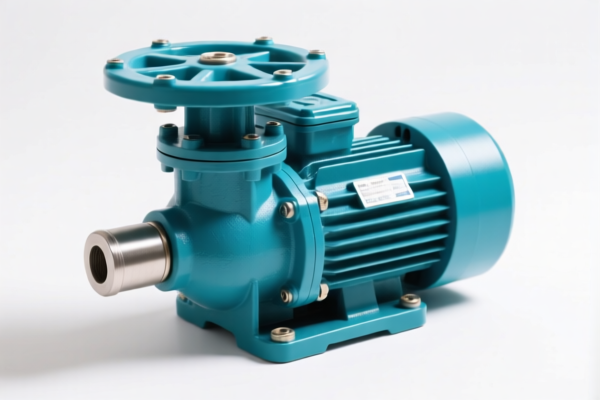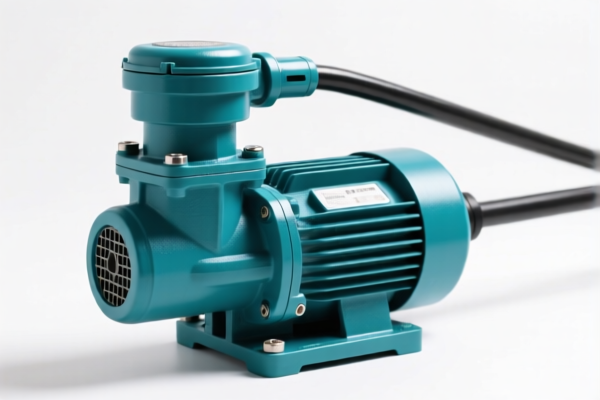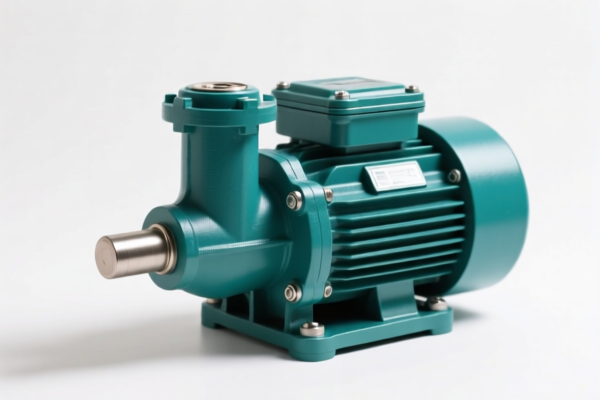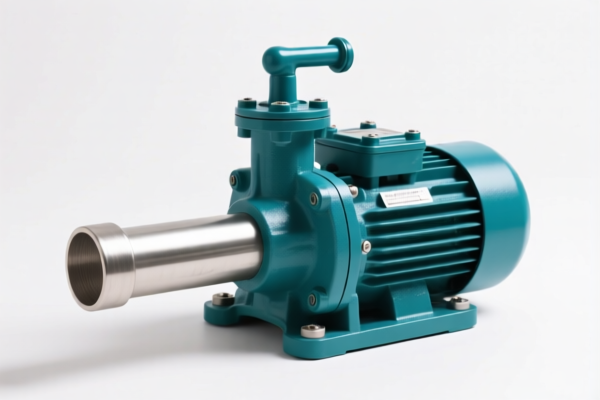| HS Code | Official Doc | Tariff Rate | Origin | Destination | Effective Date |
|---|---|---|---|---|---|
| 8413810040 | Doc | 55.0% | CN | US | 2025-05-12 |
| 8413919096 | Doc | 55.0% | CN | US | 2025-05-12 |
| 8479899565 | Doc | 32.5% | CN | US | 2025-05-12 |
| 8479899595 | Doc | 32.5% | CN | US | 2025-05-12 |
| 8501312000 | Doc | 57.8% | CN | US | 2025-05-12 |
| 8501402020 | Doc | 58.3% | CN | US | 2025-05-12 |
| 8503009520 | Doc | 83.0% | CN | US | 2025-05-12 |
| 8503009520 | Doc | 83.0% | CN | US | 2025-05-12 |
| 8543706000 | Doc | 55.0% | CN | US | 2025-05-12 |
| 8543906800 | Doc | 55.0% | CN | US | 2025-05-12 |




Aeration Pump
An aeration pump is a device used to add oxygen to a liquid, typically water. This process is known as aeration. These pumps are employed in a wide range of applications, from maintaining healthy aquatic ecosystems to industrial wastewater treatment.
Material
Aeration pumps are constructed from various materials depending on the application and budget. Common materials include:
- Plastics: Often used for housings and pump components in smaller, less demanding applications due to their cost-effectiveness and corrosion resistance.
- Aluminum: Lightweight and corrosion-resistant, suitable for many aquarium and pond applications.
- Cast Iron: Durable and robust, commonly found in larger industrial pumps.
- Stainless Steel: Offers superior corrosion resistance and strength, preferred for demanding industrial environments and saltwater applications.
- Rubber/Silicone: Used for diaphragms, tubing, and air stones/diffusers.
Purpose
The primary purpose of an aeration pump is to increase the dissolved oxygen (DO) content in a liquid. Increased DO levels support aerobic biological processes.
Function
Aeration pumps function by:
- Compressing Air: The pump utilizes a motor and a mechanism (diaphragm, piston, rotary vane, etc.) to compress atmospheric air.
- Air Delivery: The compressed air is then delivered through airline tubing to an air stone or diffuser submerged in the liquid.
- Bubble Formation: The air stone/diffuser creates fine bubbles, increasing the surface area of the air exposed to the liquid.
- Oxygen Dissolution: Oxygen from the bubbles transfers into the liquid, increasing the DO concentration. The efficiency of this transfer is affected by bubble size (smaller bubbles are better), liquid temperature, and the liquid's surface area.
Usage Scenarios
- Aquariums: Essential for providing oxygen to fish and other aquatic organisms, particularly in densely populated tanks.
- Ponds: Maintaining oxygen levels for fish, plants, and beneficial bacteria, preventing stagnation and promoting a healthy ecosystem.
- Wastewater Treatment: Supporting the aerobic bacteria that break down organic pollutants in sewage and industrial wastewater.
- Hydroponics: Providing oxygen to plant roots in nutrient solutions.
- Aquaculture: Ensuring sufficient oxygen for farmed fish and shellfish.
- Wine Making: Used during fermentation to promote healthy yeast growth.
- Aerobic Digesters: Facilitating the decomposition of organic waste.
Common Types
- Diaphragm Pumps: Most common type for aquariums and ponds. Relatively inexpensive, quiet, and reliable. Air is pumped by the reciprocating motion of a diaphragm.
- Piston Pumps: Offer higher air output than diaphragm pumps but are generally louder.
- Rotary Vane Pumps: More efficient and durable than piston pumps, often used in industrial applications.
- Linear Air Pumps: Utilize a linear motor to compress air, often used in larger pond and aquaculture systems.
- Venturi Pumps: Use the venturi effect to draw air into the liquid stream; often used for small-scale aeration or mixing.
- Regenerative Blower Pumps: Common in larger wastewater treatment facilities, providing high air volumes.
Aeration pumps fall under the category of pumps for liquids. Here's a breakdown of relevant HS codes based on the provided information:
-
8413810040: This HS code covers pumps for liquids, whether or not fitted with a measuring device; liquid elevators; part thereof: Other pumps; liquid elevators. This is a broad category encompassing various liquid pumps, including those used for aeration.
- 84: Chapter 84 – Nuclear reactors, boilers, machinery and mechanical appliances; parts thereof.
- 13: Heading 8413 – Pumps for liquids, whether or not fitted with a measuring device; liquid elevators.
- 81: Subheading 841381 – Other pumps; liquid elevators.
- 0040: Further specifies the type of pump.
- Tax Details: Basic tariff: 0.0%, Additional tariff: 25.0%, Post 2025.4.2 Additional tariff: 30.0%, Total tariff: 55.0%.
-
8413919096: This HS code covers pumps for liquids, whether or not fitted with a measuring device; liquid elevators; part thereof: Parts: Of pumps: Other. If the aeration pump is being imported as a component or part of a larger system, this code may be applicable.
- 84: Chapter 84 – Nuclear reactors, boilers, machinery and mechanical appliances; parts thereof.
- 13: Heading 8413 – Pumps for liquids, whether or not fitted with a measuring device; liquid elevators.
- 91: Subheading 841391 – Parts.
- 90: Further specifies the type of part.
- 96: Further specifies the type of part.
- Tax Details: Basic tariff: 0.0%, Additional tariff: 25.0%, Post 2025.4.2 Additional tariff: 30.0%, Total tariff: 55.0%.
It is important to determine whether the aeration pump is being imported as a complete unit or as a component part to select the correct HS code.
Customer Reviews
No reviews yet.